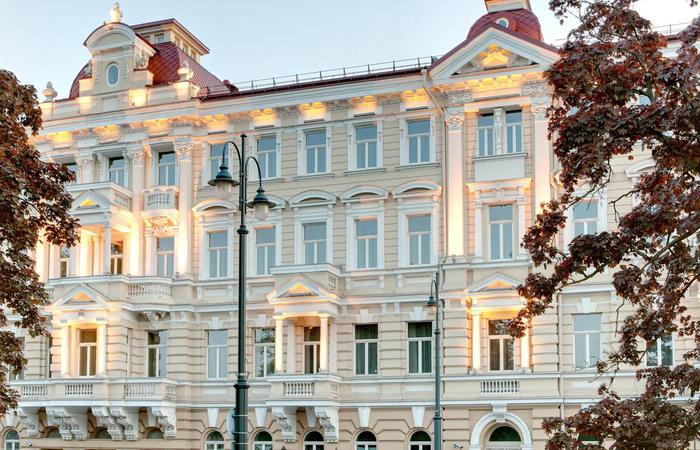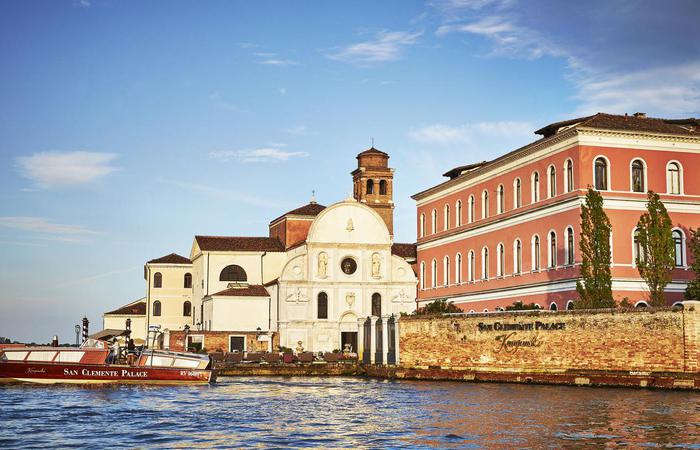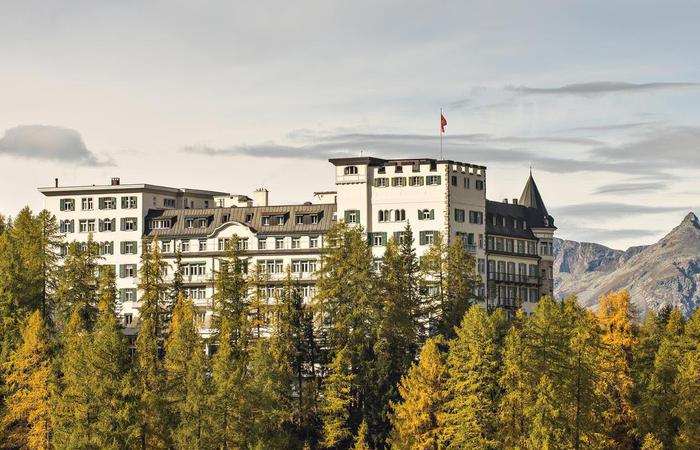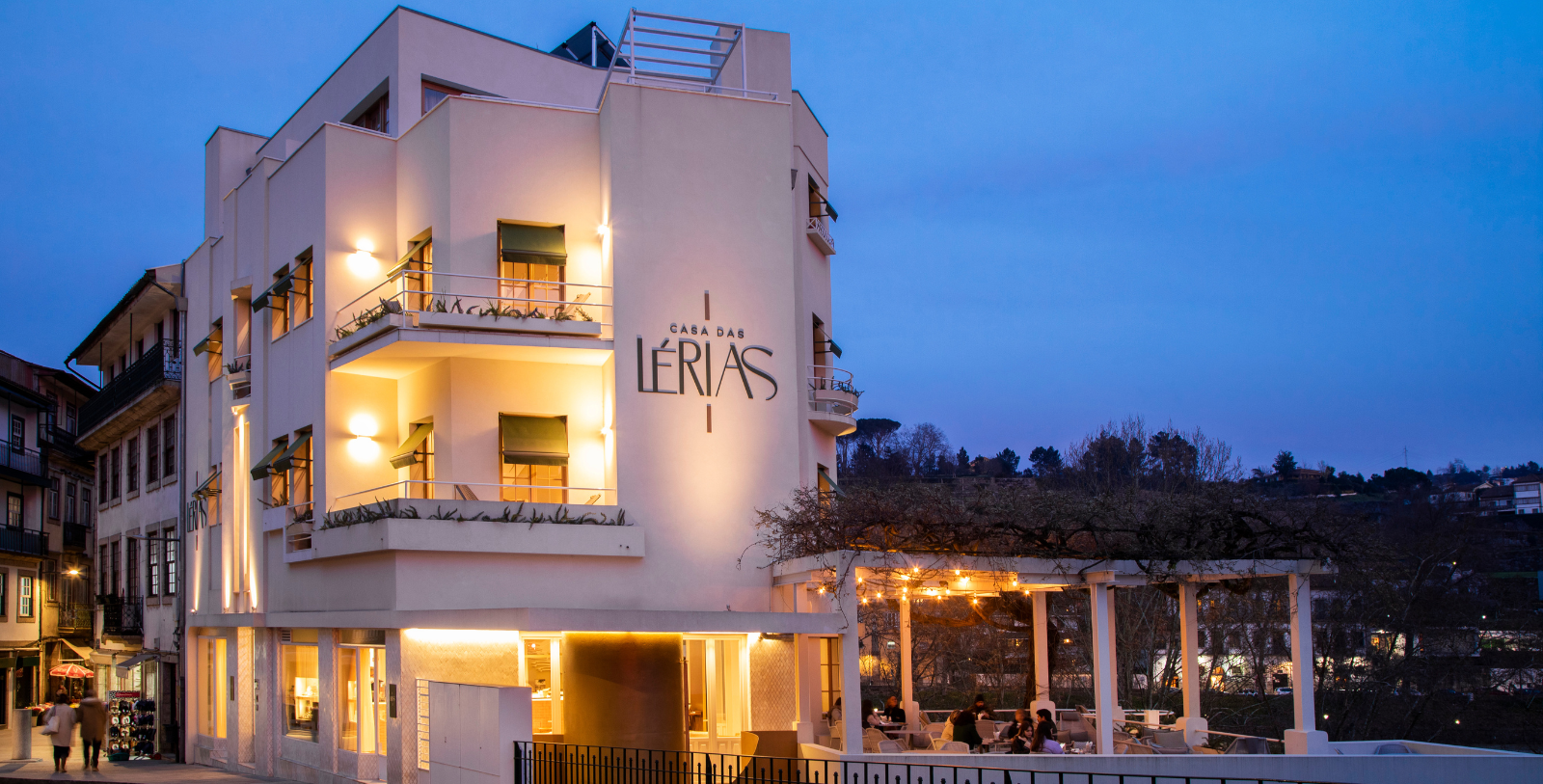Receive for Free - Discover & Explore eNewsletter monthly with advance notice of special offers, packages, and insider savings from 10% - 30% off Best Available Rates at selected hotels.
Discover Instituto Cultural Cabañas
Graced by some of the finest paintings from the height of Mexican muralism, this former hospital turned art and culture institute was named a UNESCO World Heritage in 1997.
The Instituto Cultural Cabañas (Cabañas Cultural Institute) began its history at the beginning of the 19th century as Hospicio Cabañas, a combined workhouse, hospital, and orphanage. Founded by Bishop Juan Ruiz de Cabañas, the Neoclassical structure owes its unique form to architect Manuel Tolsá, who perfectly balanced the needs of the original residents with the hospital’s grand vision. Though the building is only one level, its 25-foot ceilings lend a sense of grandeur, and its 23 courtyards give the complex many peaceful spaces.
The highlight here is the institute’s chapel, which was masterfully painted by José Clemente Orozco, who along with Diego Rivera and David Alfaro Siqueiros was one of em>los tres grandes of 20th-century Mexican muralism. From 1937 to 1939, Orozco decorated the chapel’s arched panels and semi-circular ceiling vaults with series of 57 vivid frescoes. The expressionist drama, filled with swords, crosses and slaughtered natives, tells the story of Mexico’s history. And at the height of the domed ceiling, Orozco painted his masterpiece, “Man of Fire” (Hombre de Fuego)—a work so fine, the chapel has become known as the “Sistine Chapel of the Americas.”
Admission:
70 pesos. However, on Tuesdays, there is no cost.
Hours:
Tuesday to Sunday, 10:00 a.m.–6:00 p.m.
Tips:
- Be sure to take a guided tour, included in the entrance fee. The paintings will mean much more after the docent explains the symbolism and details of Orozco's murals
- While cell phone cameras are allowed, those wishing to use professional cameras need to pay a small fee.
- Wear comfortable clothes and bring water. Spend at least two hours here to take your time and enjoy the surroundings.
- Visit in the morning and take advantage of the many nearby restaurants for lunch.
- Park at the nearby shopping mall instead of looking for street parking.




























